How to Use Google Maps Scraping Techniques to Scrape POI Data Without Getting Blocked?
Feb 13
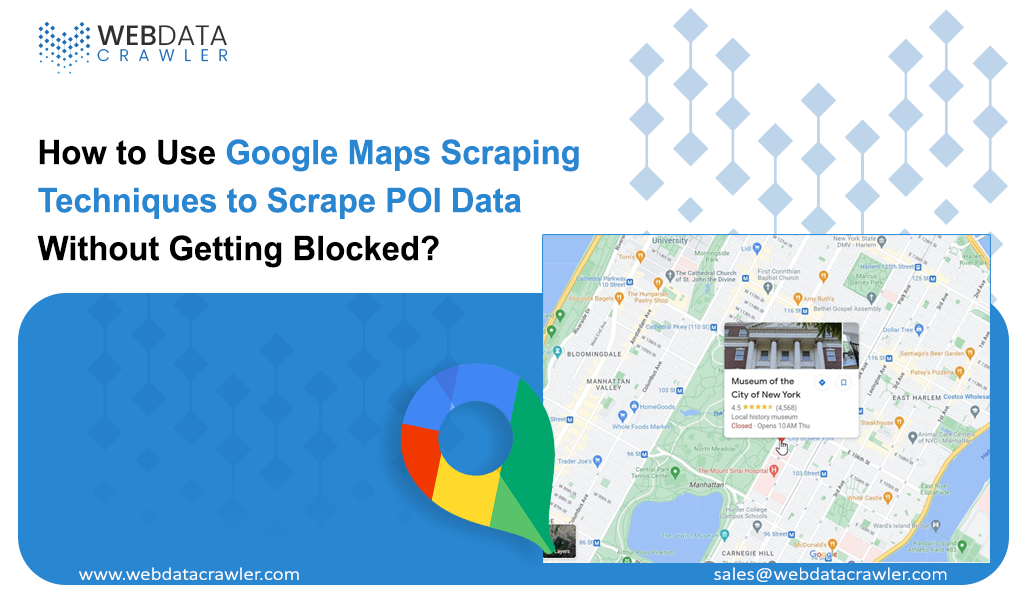
Introduction
In today’s data-driven landscape, Google Maps POI data collection has become essential for businesses seeking valuable location-based insights. Efficiently extracting POI data from Google Maps can provide a significant competitive edge for market research, competitor analysis, or logistics planning. However, overcoming Google Maps scraping limitations is no easy task, as strict anti-scraping measures can disrupt seamless data extraction.
This blog delves into effective Google Maps scraping techniques that enable smooth and efficient Google Maps data scraping while minimizing the risk of disruptions. We’ll also cover different Google Maps data extraction methods, strategies for preventing IP bans during web scraping, and best practices to ensure a seamless experience.
Understanding Google Maps Scraping
Google Maps scraping techniques extract valuable location-based information, including business names, addresses, phone numbers, reviews, and coordinates from Google Maps. This process enables businesses to leverage the gathered data for more informed decision-making.
However, due to Google's stringent policies against automated data extraction, navigating the challenges of Google Maps scraping becomes crucial.
Why Scrape Google Maps for POI Data?
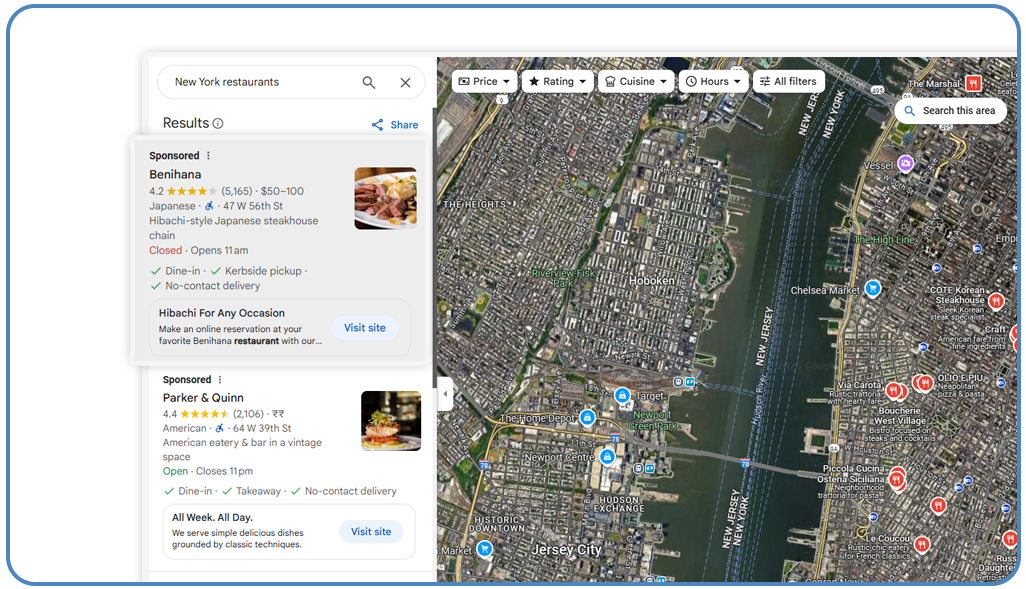
Businesses can analyze competitors' locations, pricing, and customer reviews to gain a competitive edge.
Extracting contact details of potential business partners or clients can be instrumental in expanding networks.
By utilizing POI data, companies can optimize routes and delivery areas for efficiency.
Businesses can understand property trends by analyzing the proximity of amenities, providing valuable insights for investment decisions.
Google Maps Data Extraction Methods

Several Google Maps data extraction methods can be employed to extract POI (Point of Interest) data effectively, all while ensuring that your activities remain undetected.
Below are the most widely used approaches:
Python-based libraries such as BeautifulSoup, Scrapy, and Selenium are commonly used for Google Maps POI data collection. While these libraries provide powerful scraping capabilities, they require careful handling of Google’s anti-bot mechanisms, including rate-limiting and IP blocking, to avoid detection.
A Web Scraping API is a highly efficient way to fetch data from Google Maps, simplifying the process by handling technical complexities like maintaining proxies or bypassing CAPTCHAs manually. This method offers a more streamlined approach to extracting POI data.
Mobile App Scraping presents an alternative method for extracting POI data from mobile applications rather than web-based platforms. This approach can be beneficial as mobile apps sometimes display unique data that is not readily available on the web version of Google Maps.
Each of these methods has its advantages, depending on your data extraction project's specific needs and limitations.
Avoiding Blocks in Google Maps Scraping
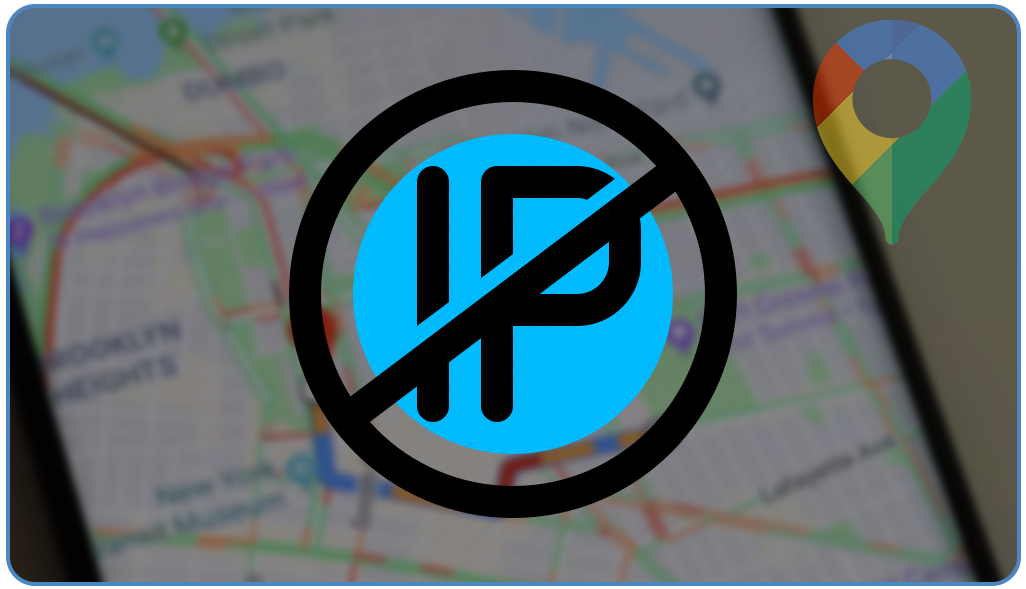
To safeguard its platform from unauthorized data extraction, Google utilizes anti-scraping strategies, including IP bans, CAPTCHAs, and rate limiting. To Avoid blocks in Google Maps scraping, the following strategies can be implemented:
One of the most effective ways to bypass IP bans is rotating proxies or VPNs. This method makes it appear that requests are coming from different users, reducing the risk of detection and blocking.
Google can identify rapid, repetitive requests as automated behavior, often resulting in blocks. By adding random delays between requests, scraping activity can appear more natural and human-like, making it harder to flag as a bot.
Headless browsers, like Selenium, allow you to simulate genuine user browsing patterns. However, they must be carefully configured to avoid detection by Google’s anti-bot measures. Proper setup is crucial for effective scraping without getting blocked.
Cloud-based scraping services can provide a seamless experience for scraping Google Maps data. These services are designed to bypass restrictions and handle issues related to bans or data extraction limits, offering a reliable solution for scraping.
By implementing these strategies, you can significantly reduce the risk of being blocked while scraping Google Maps data.
Best Practices for Scraping Google Maps
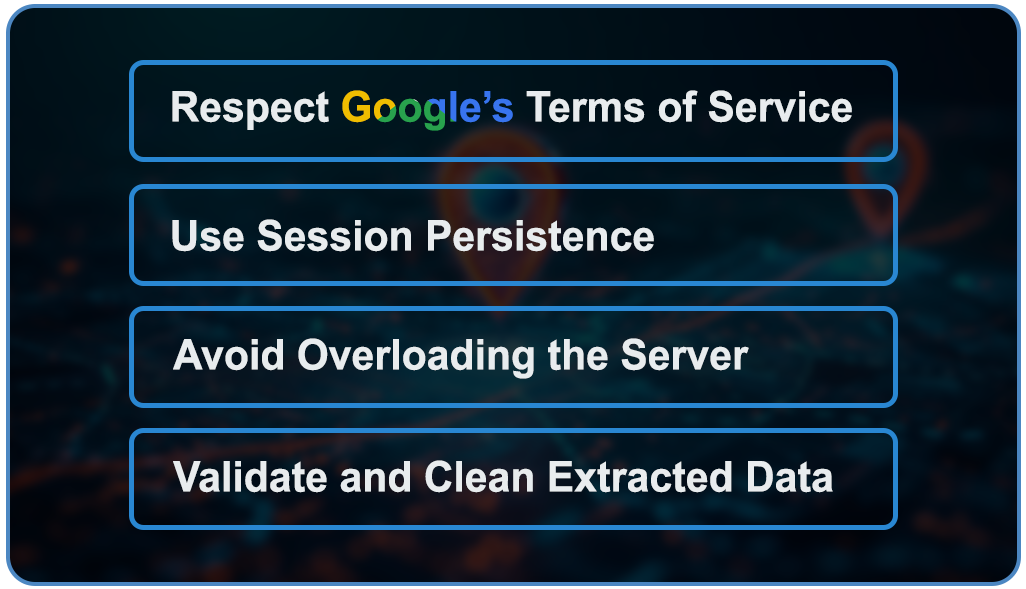
To ensure a smooth and practical Google Maps data scraping experience, it is essential to adhere to the following best practices:
Before engaging in any scraping activity, review Google’s legal terms to understand the limitations and ensure that your actions align with their policies.
Maintain cookies and user sessions to enhance the authenticity of your scraping activity. This helps simulate actual user behavior and reduces the likelihood of detection.
Excessive or rapid requests can trigger IP bans or result in rate-limiting. To prevent this, it is crucial to optimize your requests by pacing them appropriately and avoiding spikes in activity.
After scraping, it’s essential to ensure that the data is accurate and duplicated-free. Clean, validated data improves the reliability of the results.
Adhering to these best practices makes managing Google Maps scraping limitations easier and ensures a more sustainable and efficient scraping process.
Overcoming Challenges in Google Maps Scraping
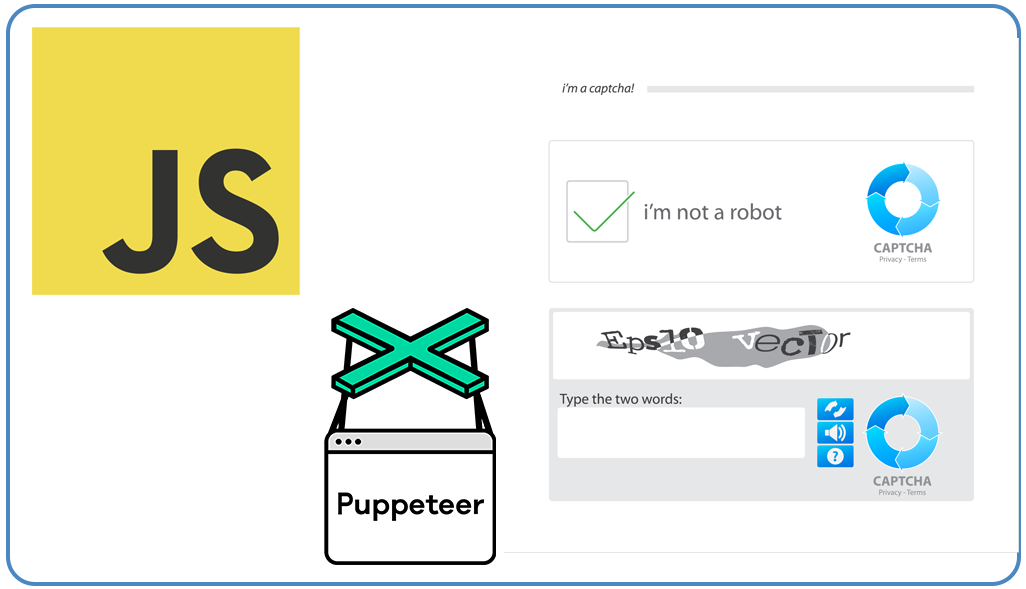
Scraping data from Google Maps presents several unique technical challenges. Here's a detailed look at Overcoming Challenges in Google Maps Scraping:
Google Maps dynamically loads its content, making it difficult to scrape effectively. To overcome this, leveraging JavaScript-based scraping tools, such as Puppeteer, can ensure the dynamic elements are loaded and captured adequately during the scraping process.
One common obstacle in scraping Google Maps is the appearance of CAPTCHAs, which can disrupt the scraping flow. To mitigate this issue, utilizing AI-based CAPTCHA-solving services or implementing strategies to reduce the frequency of requests, such as adding time delays, can help minimize interruptions and ensure smooth data extraction.
Specific valuable data within Google Maps is concealed behind JavaScript elements, making it difficult to access through traditional scraping methods. Advanced techniques such as browser automation can be employed to extract this hidden information. This method simulates user interactions, allowing the scraper to retrieve data that would otherwise be inaccessible.
How Can Web Data Crawler Help You?
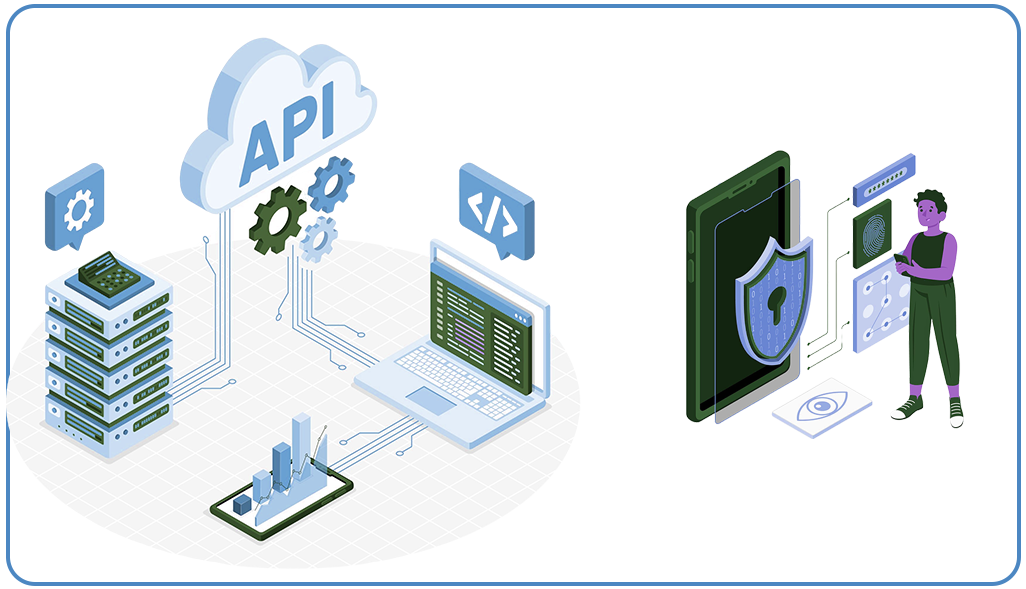
At Web Data Crawler, we deliver top-tier Web Scraping Services that empower businesses to gain valuable location-based insights. Our experienced team guarantees the efficient implementation of Google Maps data extraction techniques, ensuring the seamless extraction of POI data from Google Maps while safeguarding against any potential blocks.
- Automated Web Scraping API: Effortlessly fetch data with our advanced API designed for seamless integration.
- Mobile App Scraping: Extract crucial business information from mobile applications precisely and efficiently.
- Proxies and Anti-Detection Techniques: We use sophisticated methods to ensure smooth and uninterrupted data collection, minimizing the risk of detection or IP bans.
- Custom Web Scraping Solutions: Our tailored scraping services are designed to meet the unique needs of your business.
Conclusion
Google Maps scraping techniques can unlock valuable insights for businesses. However, navigating the limitations of Google Maps scraping is essential for ensuring a smooth and practical experience.
By adhering to the best practices for scraping Google Maps, utilizing a Web Scraping API, and leveraging mobile app scraping, you can efficiently extract POI data (Points of Interest) from Google Maps while minimizing the risk of encountering blocks or restrictions.
At Web Data Crawler, we specialize in providing exceptional web scraping services that streamline data extraction. Ready to tap into the power of Google Maps data scraping? Contact Web Data Crawler today to discuss a customized scraping solution for your business needs!